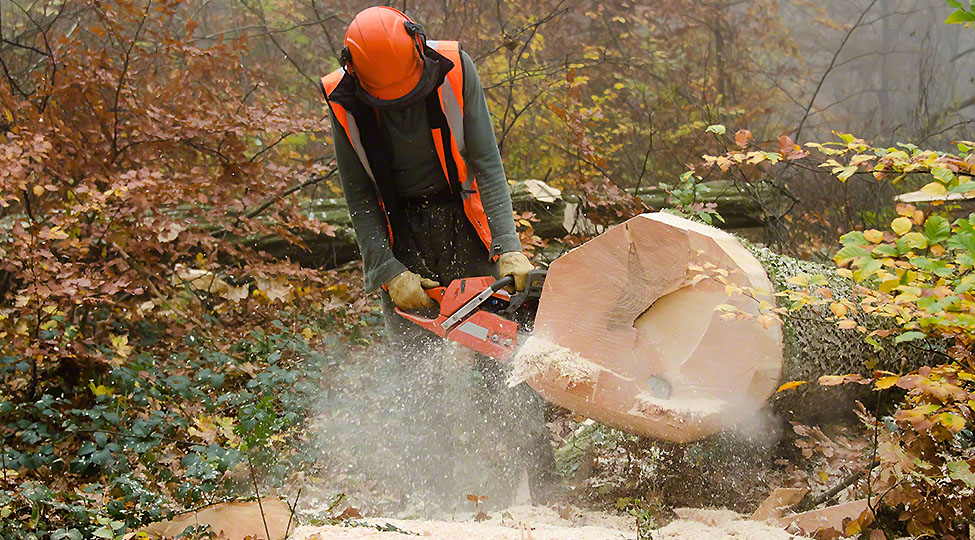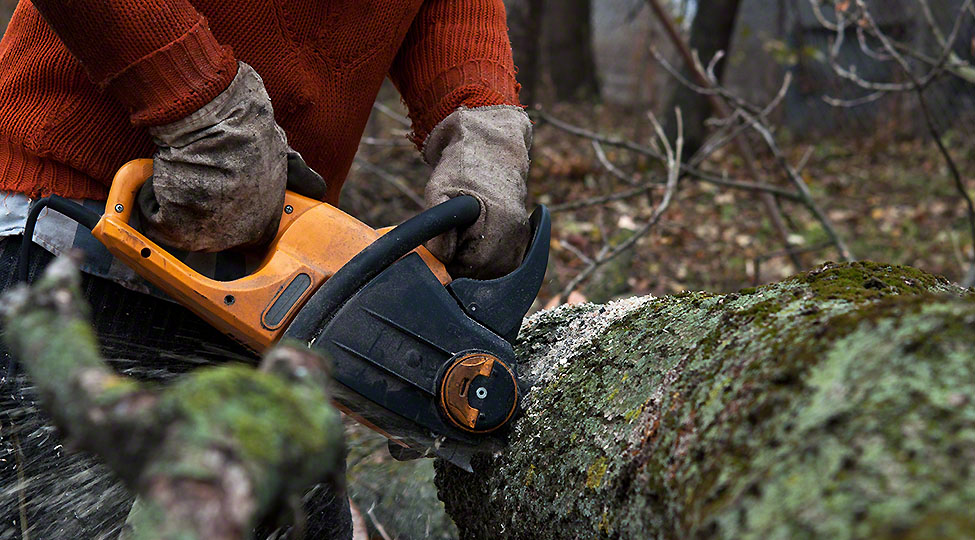Tree fungi are very common and bur oak trees can fall victim to this as well. In some cases, they are so severe that you have to call in tree removal companies for cutting down the tree. Below are the things to know about bur oak blight.
What Is Bur Oak Blight?
Bur oak blight or simply bur oak blight, also known as BOB, is a fungal tree disease that mainly affects the leaves of oak trees. This is a highly degenerative tree disease and it can lead to malnutrition in the tree and, ultimately, death.
Bur oak blight is mainly caused by a type of fungus, called Tubakia iowensis. It usually occurs in all kinds of oak trees, but the most compromised ones are trees that are in wet and marshy areas. This is the perfect condition for fungus to thrive and grow and it ultimately latches onto different oak trees and shows signs of decline on the leaves.
Bur oak blight can also occur in trees that are surrounded by swamps. Since the air and surroundings is pretty humid, it causes the fungus to grow abnormally and it attacks the tree leaves.
However, bur oak blight doesn’t just occur in trees that are in swamps or marshes. It can occur in almost any surrounding, and that’s one of the most frustrating parts of it all. There’s just no telling whether it can happen in a specific condition or environment or not and this is why it’s really hard to control once you see the symptoms of it on the oak tree.
Since there isn’t a definitive cause as to why Tubakia iowensis attacks oak trees in the first place, it is really hard to get to the root of the problem. The first case of bur oak blight occurred in the 1990s when there was a fungus infestation found on oak trees in the Midwestern states of the United States of America.
At first, it was thought that the cause was a different class of fungus, but when it was found out that Tubakia iowensis was causing this fungal disease in oak trees, it got more severe.
Impact Of Bur Oak Blight
Bur oak blight is just as damaging to the surroundings and the economy of places where it’s affecting trees, as it is to the oak trees.
Bur oak trees, which are the main victims of this very rigorous fungal disease are acorn producers, especially during its season. This is a source of nutrition for a lot of animals and other wildlife.
If the oak trees are degenerating and dying regularly because of bur oak blight, then the acorn production can get jeopardized too. This can lead to the wildlife resorting to other types of food for nutrition and they can ultimately die as well, because changing the key diet of the animals is going to have a severe impact on the wildlife.
Also, the removal of oak trees will not only decrease tree population all over the world, but it’s also not good for the sustainability of our planet. We need trees to be able to make the environment less polluted and fresher, however, if big oak trees will constantly die because of bur oak blight, then you can only imagine what will happen once the trees start to decrease in number.
On top of everything else, tree removal is extremely expensive for people living in areas where oak trees are attacked by this fungus. This can cause a lot of financial issues and economic problems in the area where bur oak blight is very common and that is a very grave situation if you think about it.
On average, a tree removal service will charge you anywhere between $500 to $1000 and that is very expensive, so you can only imagine the type of economic turmoil people will be in, because not removing the trees isn’t an option either, as it is a severe hazard.
Symptoms Of Bur Oak Blight
Now that you know what bur oak tree blight is, here are some symptoms that you need to look out for so you can consult tree cutting services Bethesda on time for having the tree removed before the disease spreads to other trees.
Round Patches Of Discoloration
You will see round patches or rings of discoloration on the leaves of the bur oak trees. This is the first sign that a tree has been attacked by the bur oak blight.
Small Spores On The Leaves
If the tree has been infected by the fungus for too long, then you will see small spores starting to form on top of the leaves and even on the branches where the leaves are. They will be black and if they’re open, then there will be more fungal spores in them, which is just all the more distressing.
Necrosis On Leaves
Another very distinct symptom of bur oak blight is that there will be wedge-shaped necrosis on the leaves. The pattern will be darker at the tips and it will gradually lighten as it spreads up the leaf body. This is when you know that the oak tree has a fungus infestation.
More Visible Damage In Fall
You will be able to see the damage during the fall time. Even though during the summertime, the trees will look and feel healthy and there won’t be any discoloration of the leaves, when fall and winter rolls around, you’ll see the discoloration clearly and that’s an alarming sign, to say the least.
The most common seasons in which the trees can be affected by bur oak tree blight are the rainy season and the windy season. The spores are formed during the humid weather and then they can spread far and wide and latch onto other trees when the wind picks up. Because the spores are extremely lightweight, they can travel far even at normal wind speeds.
Managing Bur Oak Blight
Bur oak blight sounds like a very serious disease that has the potential to pretty much wipe out trees, however, that’s not the case. If you catch the fungus infestation in time, then you can save the tree and let it thrive for longer. The purpose is to make sure that you’re catching the fungus in its initial stages so that it doesn’t attack the major and vital parts of the tree.
Here are some ways by which you can manage bur oak tree blight.
- Make sure that you keep an eye out for any primary discoloration on the leaves. Even the smallest change in color can be alarming, so it’s good to always stay on your feet.
- You want to properly water your trees. Sometimes, if the trees aren’t watered, they can get malnourished and the infestation is easier. If the tree is healthy, it will be able to fight off normal infestations by itself.
- You also want to ensure that you’re changing the soil of the trees. If there’s a certain type of soil that isn’t allowing proper growth, then you want to replace it with another immediately.
Conclusion
Bur oak blight is a very degenerative tree disease and it can ultimately cause the death of the oak tree. If the condition is severe, contact emergency tree services Kensington.



